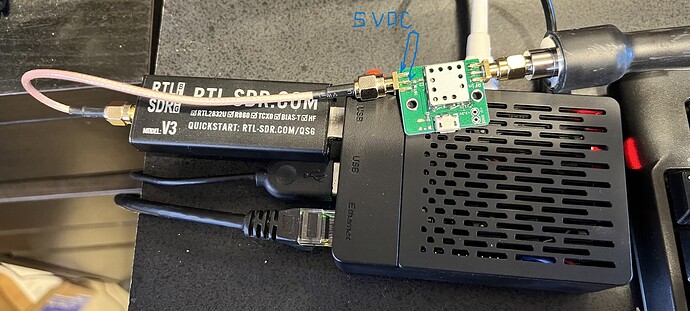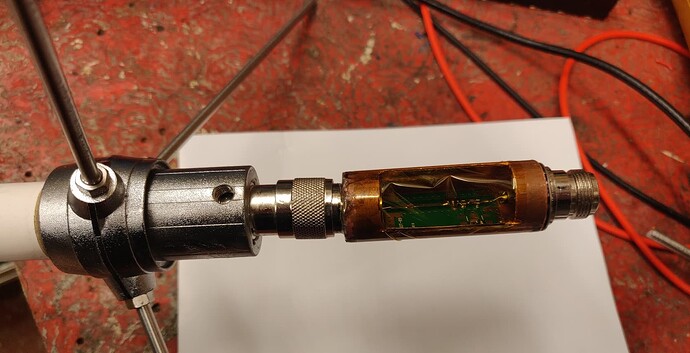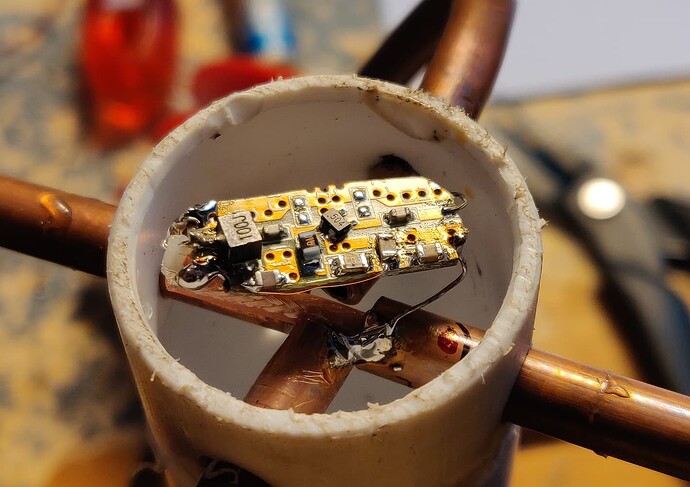I had some problems with my satnogs installation so I downloaded a new image two weeks ago, since then I have not been able to get any signal in the observations.
I have satnogs on a Raspberry Pi 3 Model B Plus Rev 1.3 with the latest version and an RTL-SDR plus LNA which is working perfectly (tested with rtl command line tools and sdr#).
One example of observation is this: SatNOGS Network - Observation 7428307
Can anyone think of anything I could be doing wrong?



